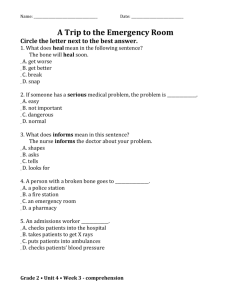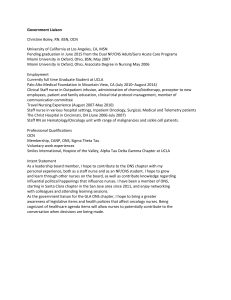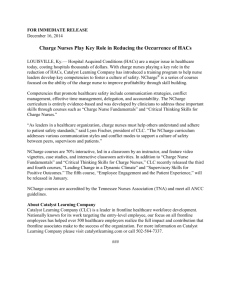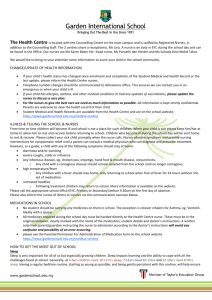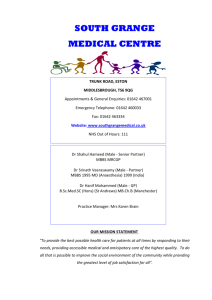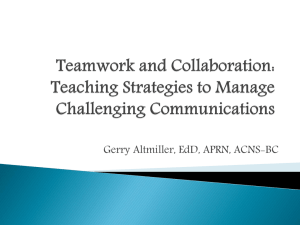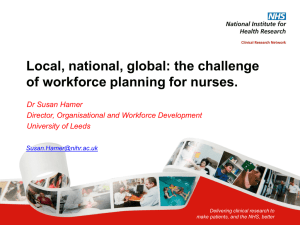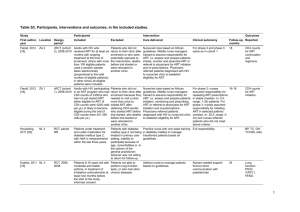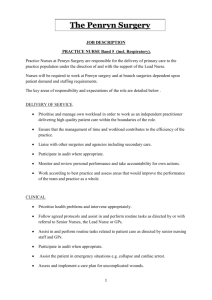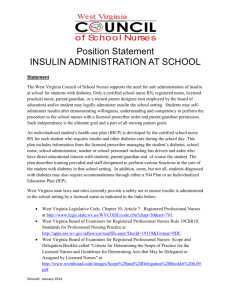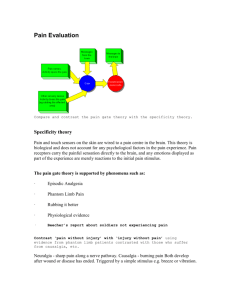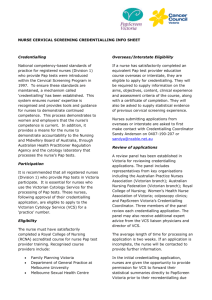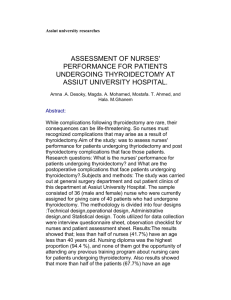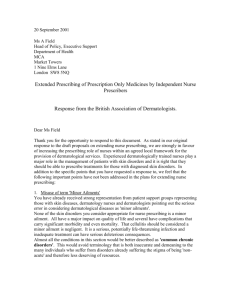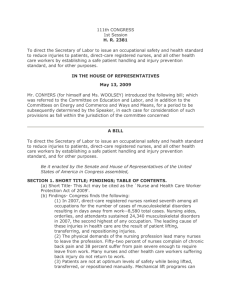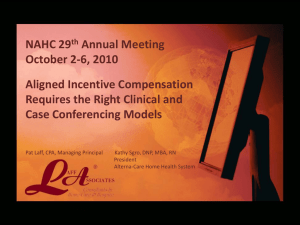Bone marrow biopsy training for nurses
advertisement
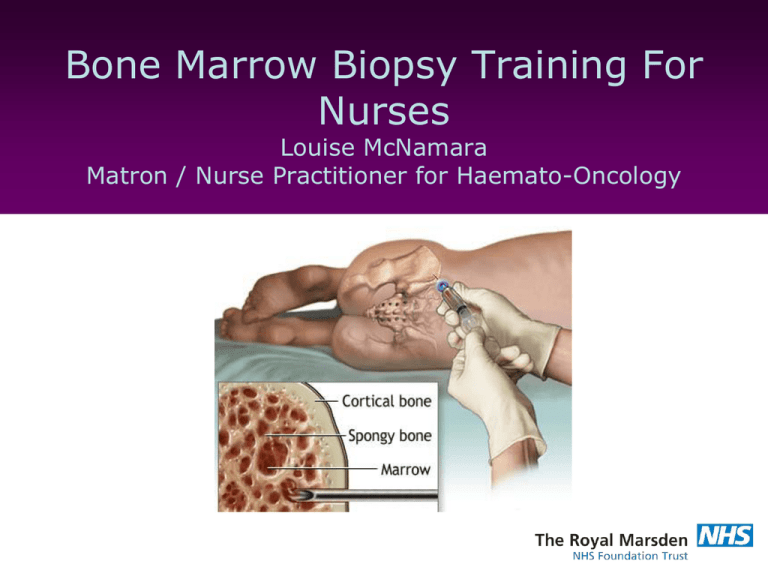
Bone Marrow Biopsy Training For Nurses Louise McNamara Matron / Nurse Practitioner for Haemato-Oncology Background • Incidence of haem malignancies in Europe – ~230,000 / year • Routinely need bone marrow biopsies – Diagnosis, staging, disease evaluation • Settings – Haematology – Oncology • Breast, lung, neuroblastoma – General Medicine • Unexplained low blood counts, fungal disease, miliary TB Benefits of nurse advanced practice • Nurse led services in the UK encouraged – – – – – – Dissatisfaction with traditional models Junior doctors hours Treatment waiting times Nurses’ willingness to adopt advanced roles NHS clinicians not competing for income Attempts to improve patient experience / quality of care – Increased patient satisfaction – Increasing patient numbers Need new ways of working / professional boundaries blurred Best opportunities for nurse-led services • Low-risk areas / narrow spectrum of high tech care e.g. nurse endoscopist – Improves efficiency – Enhances care – Little difference in performance – Higher patient satisfaction The Haem-Onc setting • BM’s traditionally performed by physicians • Better scheduling can reduce waiting times • Positive correlation between volume of procedures undertaken and patient outcome • Trainee doctors rotate • Senior nurses bring holistic approach • Nurses implement quality framework – Operations, training, care package, consent, information, documentation Definition • Removal of haematopoietic tissue from medullary cavity of bone • Involves 2 specimens: 1. Aspiration • Cytologic preparation • cell morphology 2. Trephine • assess overall marrow architecture • bone marrow cellularity • fibrosis • infections • infiltrative diseases The RM experience • Nurses perform – ~80 - 100 BM’s / month • Nurse-led service – Started by a NP – Trained by physician • Developed workbook – Underpin practice with theory • Enquiries from nurses at other UK hospitals – BM training course for nurses Course aim • Theoretical knowledge • Practical experience • Ensure safe and confident practitioners – 2 days of theory and simulated practice – 1 day observing clinical practice Theoretical framework • Workbook – Key learning outcomes – Self assessment to benchmark knowledge – Theoretical worksheets • Indications • Anatomy and physiology • Legal and professional • Patient preparation and aftercare • Problem prevention and resolution • Dealing with complications • Theory – RM manual of clinical nursing procedures (2011) – Additional reading list • Practice assessment guide • Practice supervisor and clinical manager Competency • Core competencies set out in workbook • Trainee retains workbook as evidence • Manager maintains central register • Maintain ongoing competency against procedure guideline – Peer review – Annual audit – Annual appraisal Course content Day 1 (Classroom) – What is a BM? • Definition, indications, contraindications, A&P, site selection – Legal / Professional • Competencies, Regulations, Accountability, Consent Day 2 (Classroom) – Procedure guideline – Problem-solving Day 3 (Observation) – Patient preparation – The anxious patient – Post procedure care – Education – Complications – Consent – Practical simulation – Sedation – Workbook review – Procedure guideline – Procedure prep • Equipment, documentation, pharmacology, nonpharmacological support, patient education –Workshop Practical issues to consider • Advanced nursing care policy? • Stakeholders? – Potential resistors • How will they agree competence? • Job description? • Service cover? – Contingency? – Succession planning? • Environment • Job plan • Administrative support • Further role development – Non-medical prescribing / ALS – Administration of medication with consideration to the law Course evaluation • To date – 3 courses – 15 delegates • Feedback positive – Translating theory into practice – Ensuring they acquire competency to protect patients and practitioners – Being trained by nurse colleague who understands role – Simulated training • Helps overcome fear and enables transition from assistant to practitioner Conclusion • Nurses can be supported to undertake BM’s and obtain specimens of satisfactory quality – Motivated staff – Structured training programme • Nurse-led services are likely to be holistic – Able to identify patient needs not met in the past • Likely to consider broader aspects of health care – Service management • Justification of any new service must be thoroughly explored – Primary aim to improve patient care Questions?

